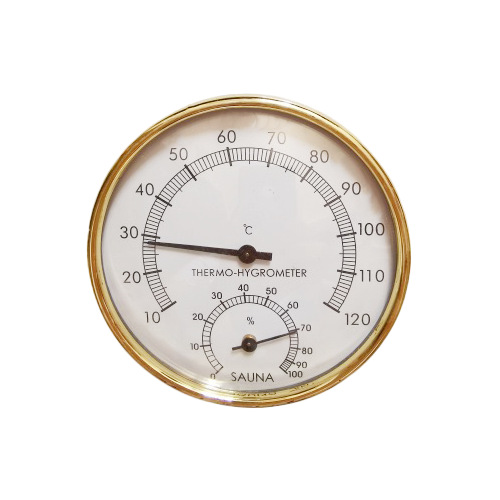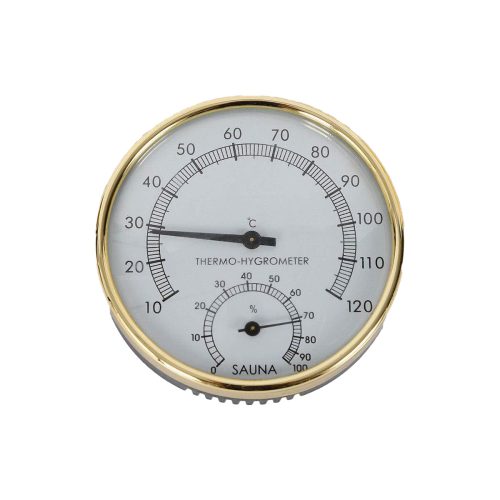Advancements in thermometer design have been significant, offering enhanced accuracy, convenience, and versatility across various applications. Some notable advancements include:
Digital thermometers:
Faster readings: Digital thermometers provide rapid temperature measurements, displaying results within seconds, unlike traditional mercury thermometers, which required several minutes for accurate readings.
Accuracy and precision: These thermometers offer higher accuracy and precision in measuring temperature, reducing errors in readings.
Infrared thermometers:
Non-contact measurement: Infrared thermometers allow non-invasive temperature measurements, such as forehead or ear thermometers, which are particularly useful for children, the elderly, and in clinical settings.
Improved technology: Advancements in infrared technology have led to more accurate readings and enhanced user experience, allowing quick and reliable temperature assessments.
Smart thermometers:
Connectivity features: Smart thermometers are integrated with wireless connectivity (bluetooth, wi-fi) and companion mobile apps, enabling users to track temperature trends, store data, and share information with healthcare providers easily.
Remote monitoring: These thermometers facilitate remote temperature monitoring, beneficial for telemedicine and monitoring patients’ health status from a distance.
Flexible and wearable thermometers:
Flexible sensors: Some thermometers incorporate flexible sensors that conform to the body, providing comfort and allowing continuous temperature monitoring, especially for infants or during sleep.
Wearable technology: Wearable thermometers in the form of patches or bands offer convenience for continuous temperature monitoring in real-time, useful in both medical and non-medical contexts.
Accuracy and calibration:
Calibration improvements: Advanced calibration techniques ensure accuracy and consistency in temperature measurements, reducing potential inaccuracies.
Quality control: Manufacturers implement rigorous quality control measures to maintain the accuracy and reliability of thermometer readings.
Environmental considerations:
Mercury-free designs: Due to environmental concerns, thermometers have evolved to eliminate mercury, employing safer alternatives and adhering to eco-friendly designs.
Medical device integration:
Integration with healthcare systems: Some thermometers can seamlessly integrate with electronic health records (ehrs) and hospital information systems, streamlining temperature data management and analysis in clinical settings.
User-friendly features:
Improved design and display: Thermometers now have user-friendly interfaces, easy-to-read displays, and ergonomic designs for enhanced user experience.
One-button operation: Simplified operations allow for easy use, especially in situations where quick temperature measurements are essential.
Advancements in thermometer technology have revolutionized temperature monitoring, offering improved accuracy, accessibility, and connectivity, catering to diverse needs in medical, home, and industrial settings. These innovations continue to evolve, focusing on enhancing functionality, connectivity, and user experience.


